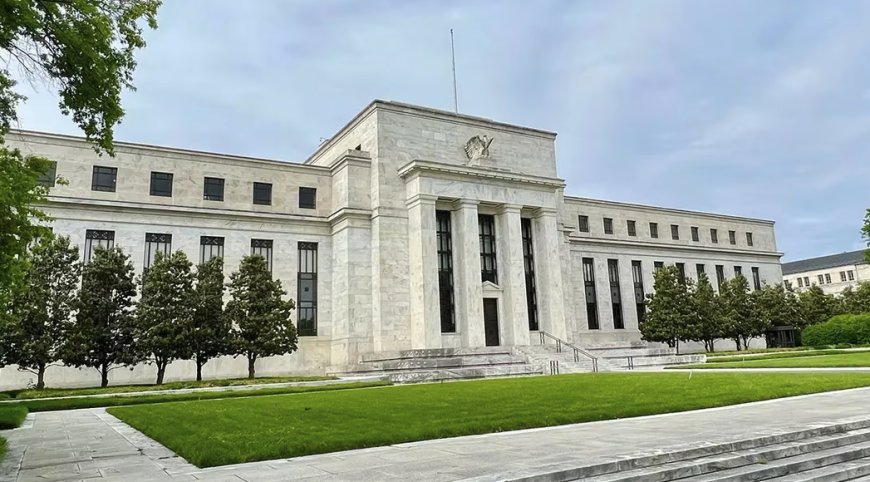Federal Reserve to provide framework for crypto businesses - Bullish for ETF approval
Federal Reserve will provide a framework for companies to ramp up investment and innovation: ETF applications will be approved soon!

The most interesting crypto fed announcement we had in recent years has to do with the US FED making it easier for banks to transact in Stablecoins.
While PayPal has already instituted their own stablecoin, it’s important to note that banks have the option to transact in stablecoins, but it’s not without its limitations.
The FED on crypto approach is not going to change a whole lot, and we can see that based on the approach that they have at this time.
How does the FED approach stablecoin transactions?
According to the latest news, state banks that are a part of the Federal Reserve system have to acquire a written supervisory non-objection from the FED. Otherwise, they are not allowed to either hold, issue or transact any dollar tokens. These tokens can help make payments easier and more convenient. However, as we know from the crypto news federal reserve changes like these are not going to come easy.
The FED still wants to have a very good control over who and how transacts in stablecoins. That’s why this new supervisory program is here, to deliver more control and also oversee any of the banks that perform such transactions. The main goal according to them is to try and increase the tech activity oversight, while ensuring that every bank follows the designated protocol.
Is this a change from the previous FED on crypto statements?
PayPal’s stablecoin launch is quite interesting because previous attempts to launch a stablecoin met a massive opposition from policy makers and financial regulators. In fact, Meta had a very hard time trying to create their Libra stablecoin, since regulators feared any global financial issues and instability that would come from such a launch. Learn more about Paypal Stabelcoin.
What do banks need to do in order to transact in stablecoins?
The crypto fed announcement also comes with some instructions. If a bank wants to start transacting or holding stablecoins, it needs to perform a risk management assessment. That will help them identify whether there are any possible problem that can appear from adding stablecoins into their own environment.
A bank would also need to create systems that help identify potential risks and provide immediate solutions. This also covers illicit threats and potential cybersecurity attacks. Once the proof is send to the FED, they will take a decision. If the bank receives a written non-objection, then they can start any stablecoin activities. However, all of these are still monitored by the FED, to ensure everything is kept under control.
How does this affect the industry?
By allowing banks to transact in stablecoins, the FED is finally opening the door to crypto support and we can expect more coins to receive support in the future. It’s going to be a bumpy road, though, since many coins are still subject to approval in the long run. Yet despite all of that, the crypto fed announcement is a positive one for the crypto industry, even if it comes with great scrutiny!
LATEST crypto news federal reserve
The U.S. Federal Reserve has unveiled a fresh initiative to monitor banks' crypto operations, reinforcing its mandate that authorized lenders must seek approval prior to entering the digital assets realm.
The announcement on Tuesday outlines the framework for overseeing crypto activities under a newly established "novel activities supervision program." Source: The FED.
This approach involves the collaboration of the Fed's digital asset specialists with its conventional regulatory supervisors, aiming to ensure effective oversight without altering existing crypto banking regulations.










